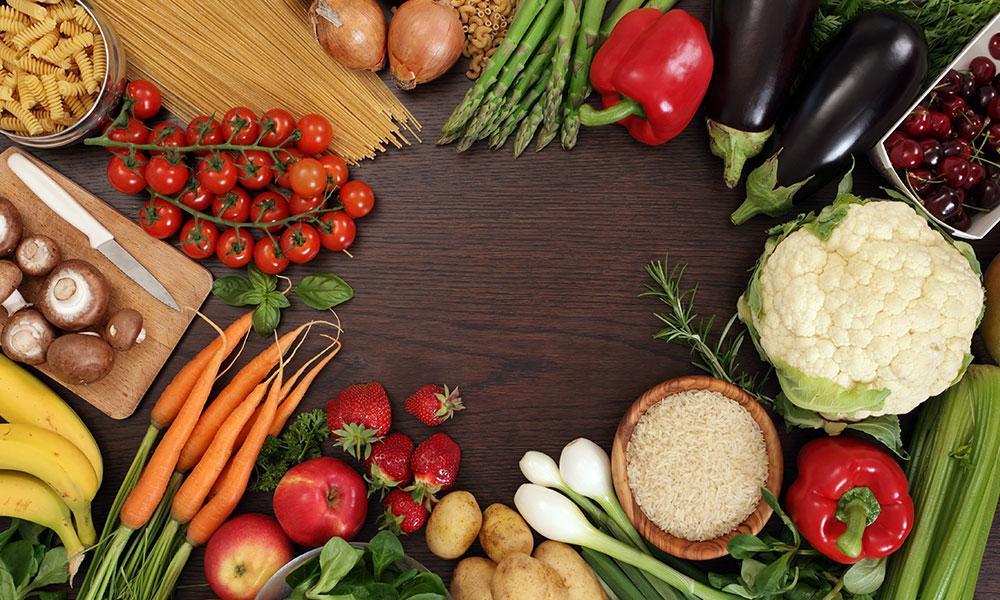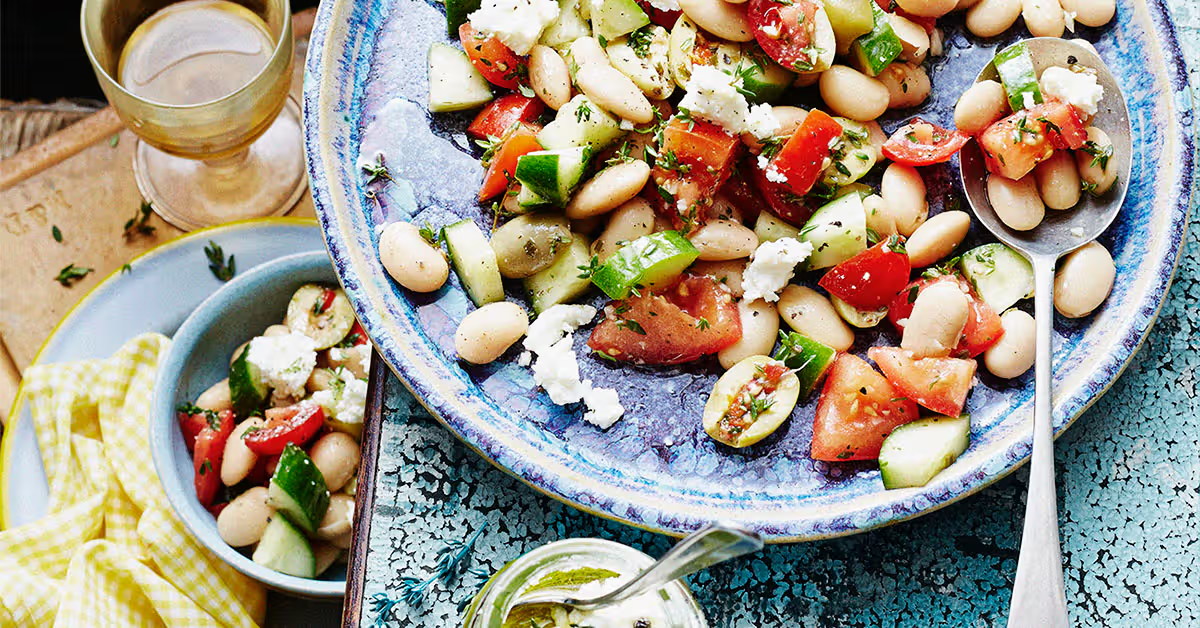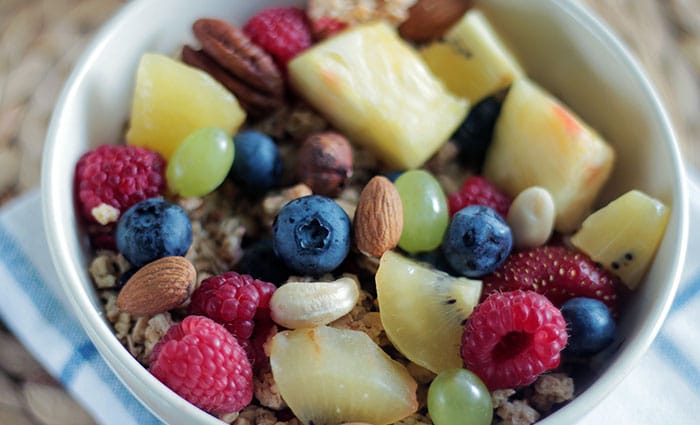Arthritis, characterized by joint inflammation, can bring about persistent pain and stiffness, significantly impacting daily life. While medical treatments are essential, dietary choices can play a crucial supportive role in managing symptoms. Certain foods possess properties that can either exacerbate or alleviate inflammation, making nutritional awareness a valuable tool for those living with arthritis. Let’s explore five of the best and five of the worst food categories for individuals seeking to manage arthritis pain.
It’s important to remember that individual responses to food can vary, and these recommendations serve as general guidelines. Consulting with a healthcare professional or a registered dietitian can provide personalized dietary advice tailored to your specific type of arthritis and overall health.
The 5 Best Food Categories for Arthritis Management:
These foods are generally recognized for their anti-inflammatory properties and potential to support joint health. Incorporating them regularly into your diet may help ease arthritis pain and improve overall well-being.
1. Fatty Fish: The Omega-3 Powerhouse
Fatty fish such as salmon, mackerel, sardines, and trout are rich in omega-3 fatty acids, particularly EPA (eicosapentaenoic acid) and DHA (docosahexaenoic acid). These essential fats have potent anti-inflammatory effects, which can help reduce joint swelling and pain. Aim for at least two servings of fatty fish per week to harness these benefits.
2. Fruits and Vegetables: A Colorful Array of Antioxidants
A wide variety of fruits and vegetables, especially those with vibrant colors like berries, cherries, leafy greens, and broccoli, are packed with antioxidants and phytochemicals. These compounds help neutralize free radicals, which can contribute to inflammation and joint damage. Aim for a diverse intake of these nutrient-rich foods daily.
3. Extra Virgin Olive Oil: Liquid Gold with Anti-Inflammatory Properties
High-quality extra virgin olive oil contains oleocanthal, a natural compound that exhibits anti-inflammatory effects similar to non-steroidal anti-inflammatory drugs (NSAIDs). Using extra virgin olive oil in salad dressings, for light cooking, and drizzling it over dishes can be a flavorful way to potentially ease joint discomfort.
4. Nuts and Seeds: Sources of Healthy Fats and Nutrients
Nuts and seeds like almonds, walnuts, flaxseeds, and chia seeds provide healthy fats, including omega-3s (especially in walnuts, flaxseeds, and chia seeds), vitamin E, magnesium, and fiber. These nutrients can contribute to reducing inflammation and supporting the tissues around the joints. Enjoy a handful of nuts as a snack or sprinkle seeds on your meals.
5. Whole Grains: Fiber-Rich and Anti-Inflammatory Allies
Whole grains such as oats, brown rice, quinoa, and whole-wheat bread are rich in fiber, which can help lower inflammatory markers in the body. They also provide essential minerals that contribute to overall health. Opt for whole grain alternatives over refined grains like white bread and white pasta.
The 5 Worst Food Categories for Arthritis Management:
These foods are generally considered pro-inflammatory and may exacerbate arthritis symptoms in many individuals. Limiting or avoiding these categories can be a helpful strategy for managing joint pain.
1. Sugary Drinks and Processed Foods: Inflammation Triggers
Sugary drinks like sodas and fruit juices with added sugar, as well as processed foods high in refined sugars and high-fructose corn syrup, can trigger the release of inflammatory cytokines in the body. These foods often lack nutritional value and can contribute to weight gain, further stressing the joints.
2. Processed and Red Meats: High in Inflammatory Compounds
Processed meats like hot dogs, sausages, and bacon, as well as red meat, tend to be higher in saturated fats and advanced glycation end products (AGEs). These compounds have been linked to increased inflammation and may worsen arthritis symptoms in some individuals.
3. Refined Carbohydrates: Fueling Inflammation
Refined carbohydrates found in white bread, white pasta, pastries, and many processed snacks can cause rapid spikes in blood sugar, which can contribute to inflammation. These foods are often low in fiber and essential nutrients.
4. Excessive Omega-6 Fatty Acids: An Imbalance to Avoid
While some omega-6 fatty acids are essential, a high ratio of omega-6 to omega-3 fatty acids, often found in vegetable oils like corn oil, soybean oil, and sunflower oil, can promote inflammation. It’s important to balance your intake by increasing omega-3-rich foods.
5. Certain Dairy Products: A Potential Trigger for Some
While not inflammatory for everyone, some individuals with arthritis report increased pain and inflammation after consuming dairy products. This may be due to lactose intolerance or sensitivity to certain dairy proteins. Opting for low-fat dairy or dairy alternatives may be beneficial for these individuals.
Making Informed Choices for Joint Health:
Managing arthritis pain through diet involves both incorporating beneficial, anti-inflammatory foods and limiting or avoiding those that can exacerbate inflammation. By focusing on a balanced diet rich in whole foods, healthy fats, lean protein, and plenty of fruits and vegetables, while being mindful of potential inflammatory triggers, you can take a proactive role in supporting your joint health and overall well-being. Remember to consult with healthcare professionals for personalized guidance tailored to your specific needs.







